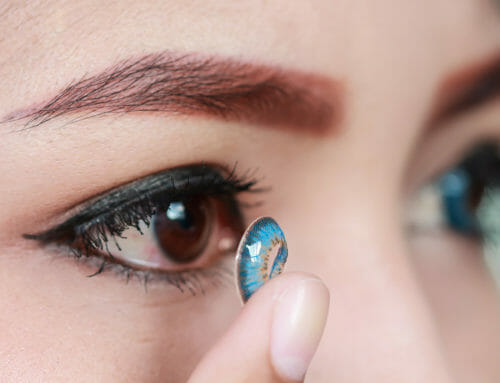
Risk Factors That Affect Fuchs Corneal Dystrophy Severity
Fuch’s corneal dystrophy is a corneal disease that affects the endothelium or the innermost layer of the cornea. It is a non-inflammatory, sporadic or autosomal dominant dystrophy which causes the cornea to swell and the endothelial cells to die. The endothelium layer’s ability to pump water out of the cornea and help maintain corneal transparency is then severely affected, causing glare, halo and reduced visual acuity. This type of dystrophy also progresses rather slowly and can be found in both eyes.
According to research from the American Academy of Ophthalmology, the only risk factor for this condition is an affected parent. This means that anyone who has an affected parent will have at least a 50% chance of passing the gene to their children in an autosomal dominant pattern. However, studies also indicate that certain factors can have an influence on the severity of Fuch’s corneal dystrophy. If there you have a probability of developing this disease, an eye specialist may recommend learning what can cause it to worsen at a more accelerated rate.
Ageing
While there is a rare early-onset type of Fuch’s dystrophy that begins in childhood, those who are still young are typically quite safe. The condition is rarely seen in people not over the age of 30 to 40 years. In contrast, the late-onset form of Fuch’s dystrophy is a common condition affecting approximately 4 percent of people over the age of 40, with symptoms developing in the 50s and 60s.
Sex
Doctors have also found that a patient’s sex also has an impact on the disease’s prevalence. Statistics show that, for reasons unknown, women have a higher risk of developing Fuch’s corneal dystrophy compared to men. Moreover, researchers have also noted that being female increases the odds of developing an advanced form of the condition has by 34 percent.
Diabetes
Diabetes is a condition that is usually associated with a myriad of eye ailments, so it should come as no surprise that it also exacerbates Fuch’s dystrophy. Diabetic patients are known to have increased corneal thickness, and thus greater risk of corneal swelling. This is why people with diabetes are advised to pay special attention to their eyesight.
Some common signs adults need to be aware of include glare, blurred vision that gradually improves during the day, pain or grittiness on the surface of the cornea, distorted vision, sensitivity to light, difficulty seeing at night, and seeing halos around lights. If you experience any of these, be sure to go to your trusted eye clinic in London or elsewhere.
Sources:

About the expert
Mr Hamada | Consultant Ophthalmologist and Corneal Surgeon
MD, MSc, DO (hons), FRCSEd, FRCOphth I am Samer, founder and consultant ophthalmic surgeon with over 20 years’ experience in ophthalmology. I am a world-renowned specialist in cornea, cataract and refractive surgery. I’m not only a leading surgeon but also the only dual fellowship trained in corneal diseases in children from reputable institutions in the UK. At Eye Clinic London I work closely with other consultant ophthalmologists, optometrists and orthoptists to achieve the best outcomes for our patients. Our main aim is to make sure our patients get the safest and best treatments available to them. We put your safety before anything else so you can rest assured that if you choose us you will be in the best and safest hands.



